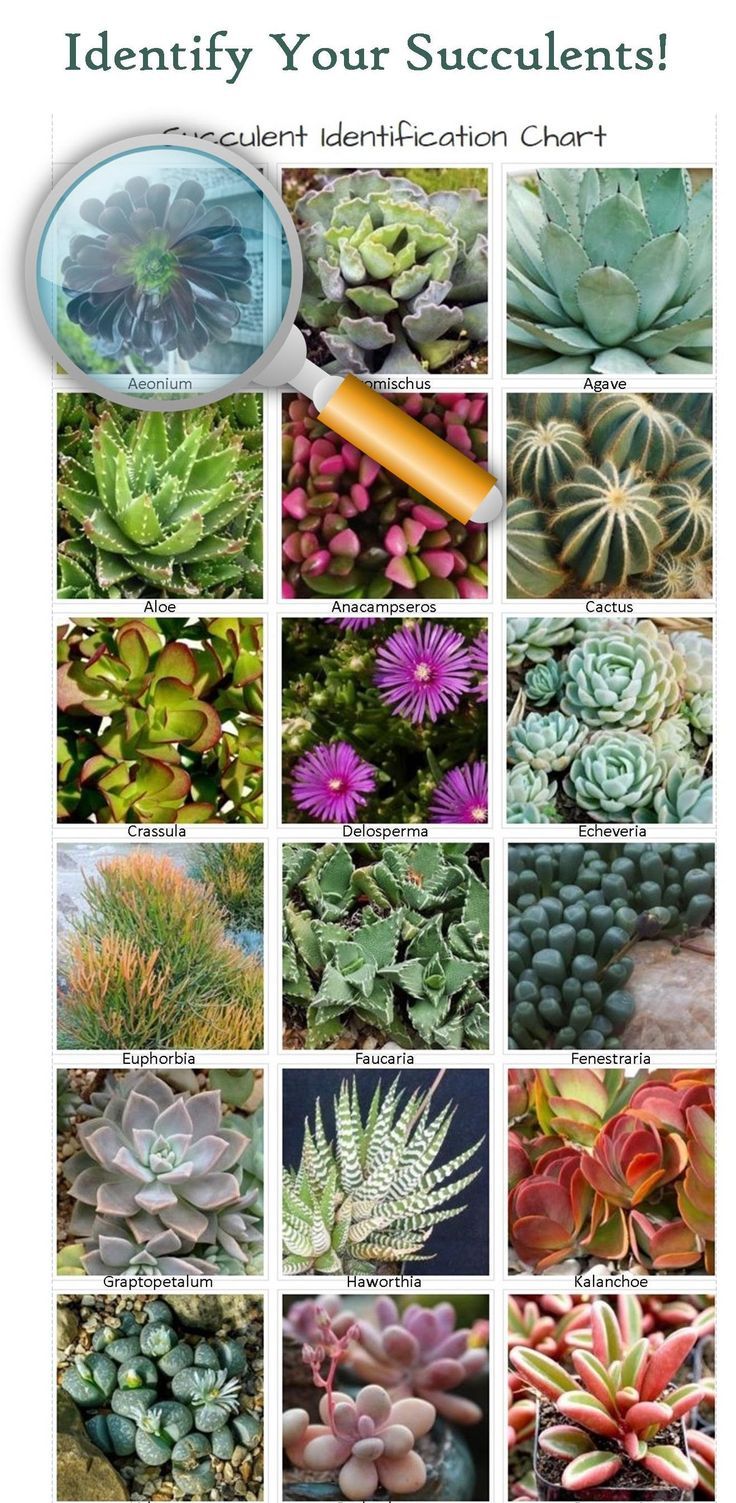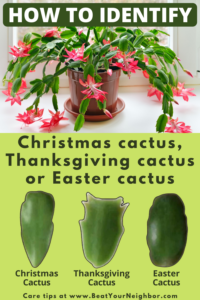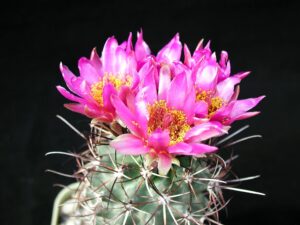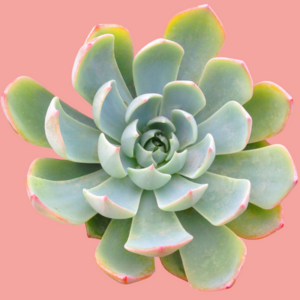Plants occupy a distinctive niche in our lives, curating our environments with their visual splendor and emotional resonance. Among them, cacti often hold a revered place, celebrated for their resilience and unique morphology. However, the plant kingdom brims with a variety of succulents and other botanical wonders that exhibit similar aesthetics. This exploration will guide you through these intriguing species, illuminating their characteristics, habitats, and unique appeal.
When one thinks of cactus-like plants, a spectrum of meanings unfolds. While many may direct their admiration toward the iconic spines and verdant bodies of true cacti, they may overlook succulents and other flora that exhibit similar features without belonging to the cactus family. The visual allure of these plants can evoke a sense of the desert’s arid beauty, even in regions far removed from arid landscapes.
True cacti abound, yet the succulent world presents an equally compelling array of plant species that can mimic these visual traits.
**The Alluring Anatomy of Succulents**
Succulents, known for their water-storing capabilities, have evolved to flourish in dry conditions. Their bodies display various shapes and forms that echo the architecture of cacti, with thickened leaves or stems designed to retain moisture. Consider the jade plant (Crassula ovata), with its rounded leaves that glisten like miniature emeralds under sunlight. Although not a cactus, its fleshy appendages resemble the interior elegance of true cacti.
Similarly, the haworthia brings forth a design language of composition that engages the viewer. With its rosettes of thick leaves adorned with striking white markings or translucent windows, it offers a feast for the eyes while maintaining functional attributes akin to its prickly relatives. The appeal lies in intricate details, capturing the essence of resilience while promoting an image of eternal life.
**Beyond Succulents: Embracing the Diversity of Cactus-like Flora**
Moving beyond the borders of succulents, numerous non-succulent species exhibit cactus-like characteristics. Take, for instance, the spurge family (Euphorbia). Certain Euphorbia species, such as Euphorbia trigona, bear an astonishing resemblance to columnar cacti, their upright forms and spiny edges imbuing an exotic flavor to indoor and outdoor spaces alike. Their distinctive milky sap, reminiscent of a cactus’s fierce protection mechanism, serves as a reminder of nature’s diversity in survival strategies.
The agave, often mistaken for cactus, is another charming imposter with its rosette growth and rigid leaves. Each species, like Agave americana, commands respect, boasting architectural prowess and providing a stark silhouette against the backdrop of sunset. Agaves contribute a sculptural elegance to gardens, capturing attention as they flourish in non-arid landscapes with equal grace.
**Nature’s Surreal Palette: Decorative Elements and Adaptations**
The cactus-like appearance of these plants provides a rich canvas for the imagination, inviting comparisons to otherworldly landscapes and ethereal dreams. The interplay of color, form, and texture forms an intoxicating tableau. Selecting plants that emulate the beauty of cacti can transform interiors into vibrant sanctuaries while resonating with the rustic allure of the desert.
Pachyphytum, with its plump leaves arrayed in succulent clusters, offers a subtle elegance that draws on a mythical aura. Resilient yet delicate, the ‘Moon Stones’ variety exemplifies how plants convey a sense of tranquility and whimsy in their various shapes. Introducing these captivating variants can elevate any space, aligning aesthetics with the philosophy of sustainable living through drought-resistant choices.
Leveraging the unique adaptations of drought-tolerant plants, one can cultivate a multitude of options for varied environments. Whether you’re a beginner or a seasoned cultivator, the secrets these plants hold offer challenges and rewards to engage any gardening enthusiast. By layering varieties based on shape, height, and texture, one can create a veritable tapestry of life that echoes the arid terrains of far-off landscapes.
**Celebrating the Versatility and Charm of Cactus-like Plants**
In conclusion, the allure of cactus-like plants hinges on their beguiling forms, captivating texture, and the ability to evoke the essence of arid vitality irrespective of their biological classification. As you embark on the journey of identifying and cultivating these botanicals, it is essential to understand the aesthetic versatility and ecological significance they bear.
So whether you choose to explore the succulent realms or embrace the striking charm of euphorbias and agaves, these plants serve as creative companions, enriching our spaces and enabling us to share in the beauty of nature’s resilience. By incorporating such plants into your home or garden, they can transform not just your aesthetic choices but also your perspective on growth and sustainability in the natural world.





Leave a Comment